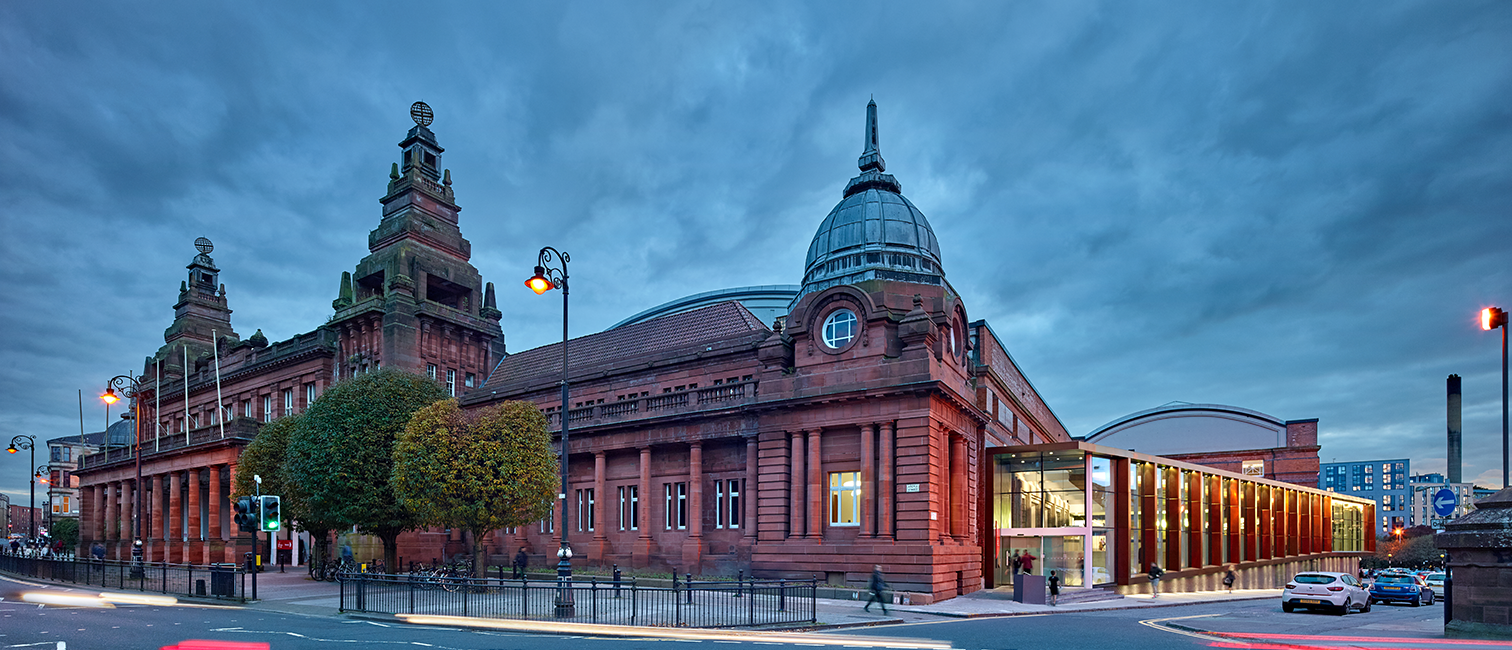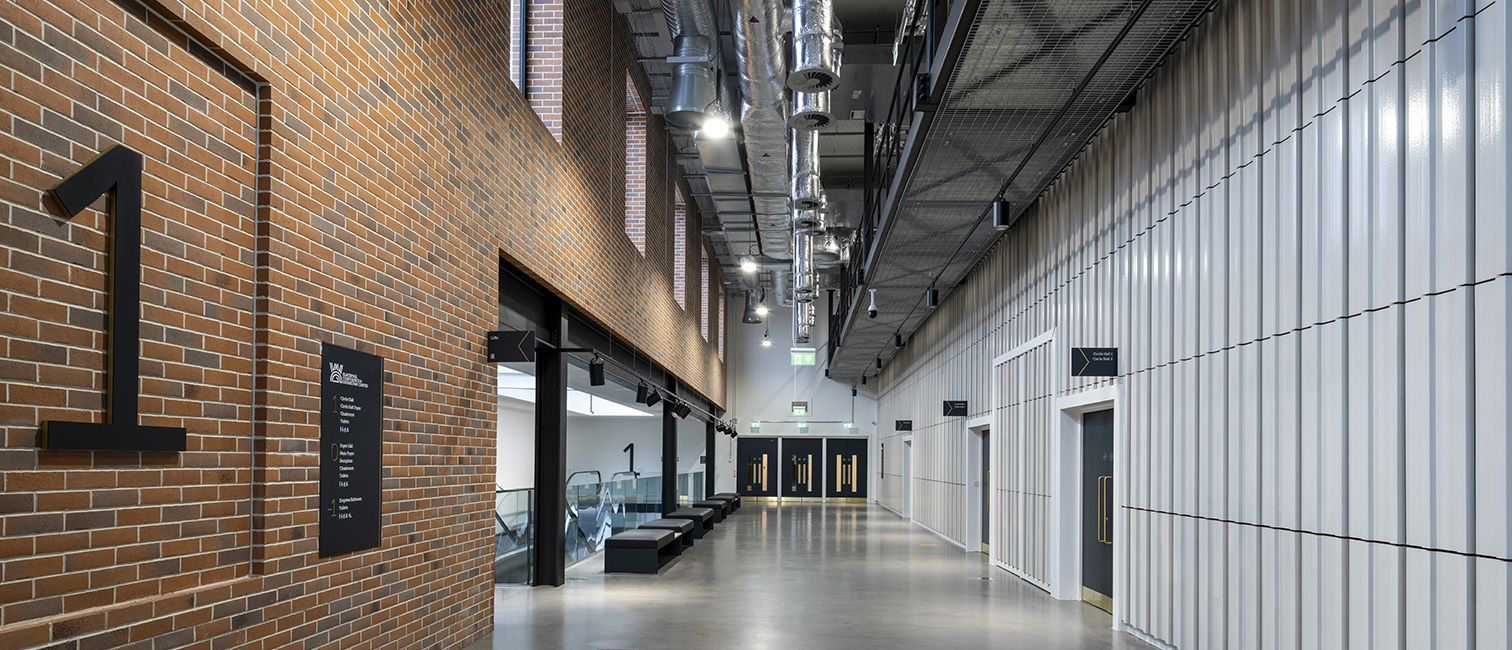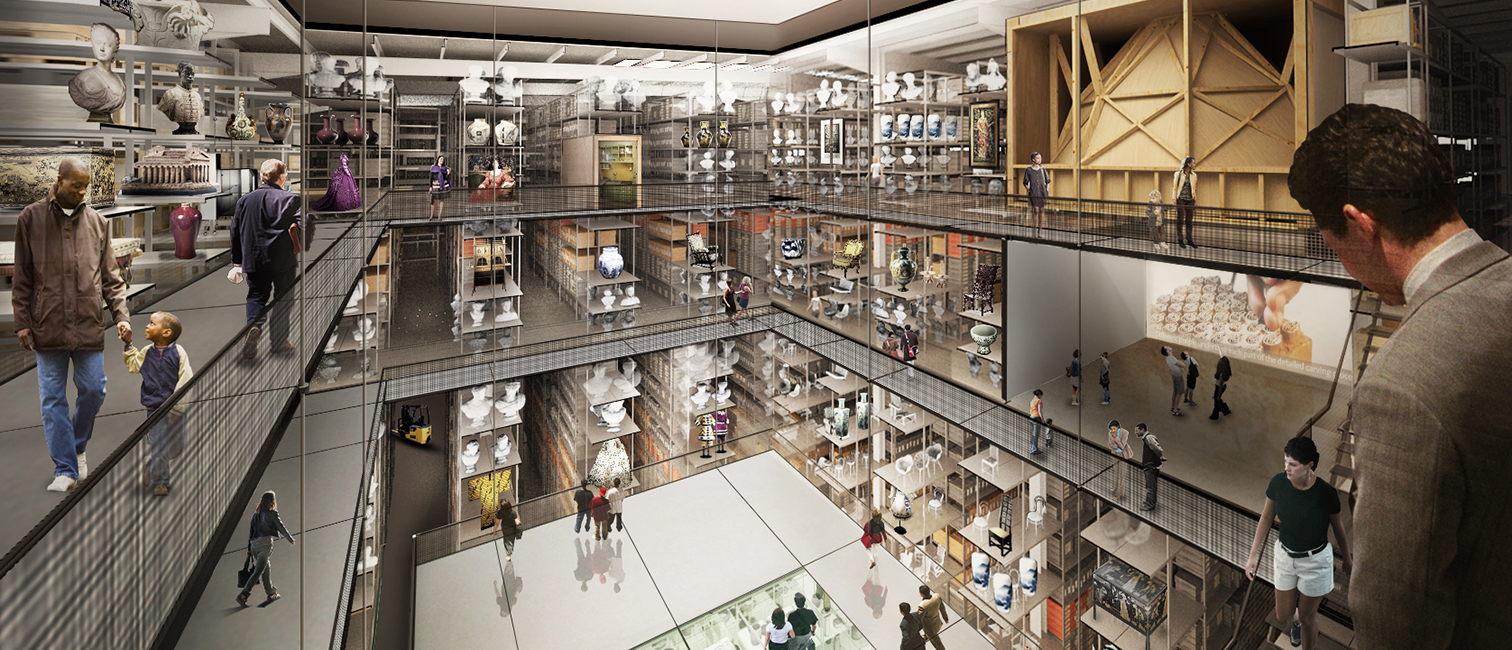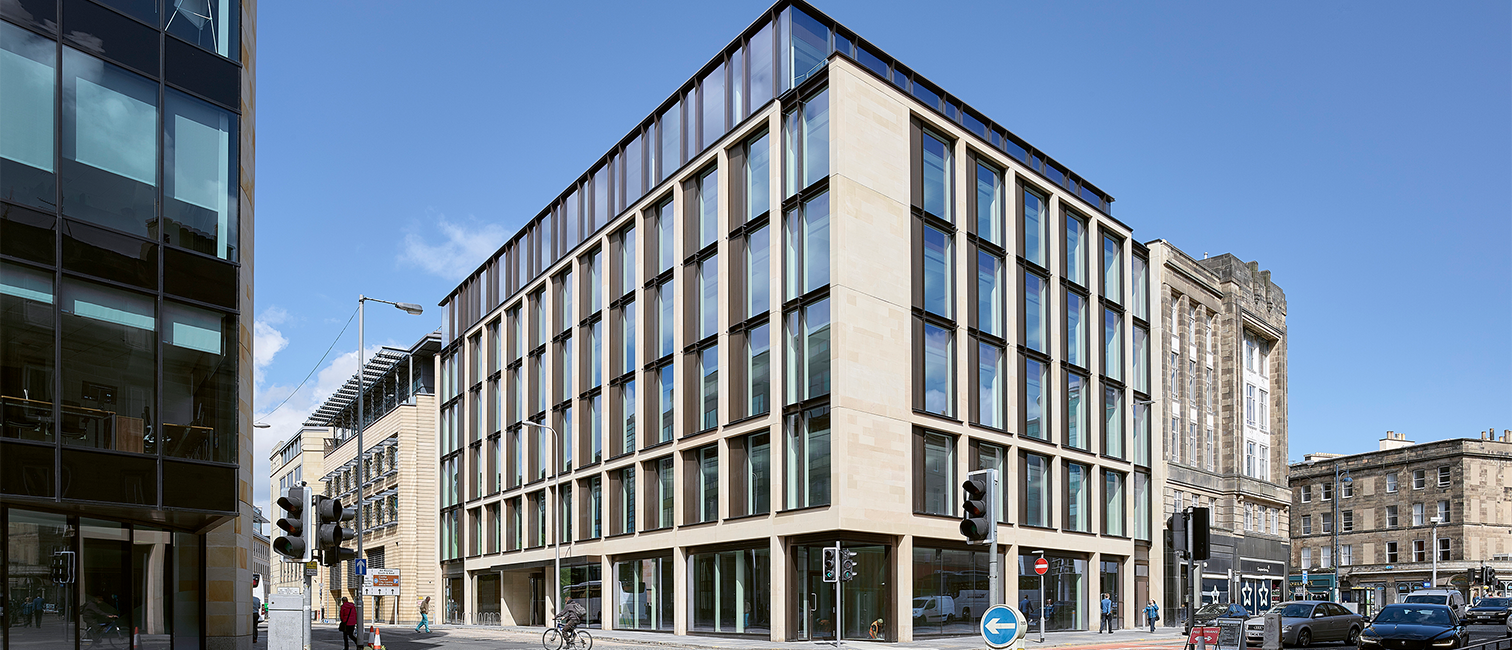
A redeveloped Category B listed multi-use sport, culture and education building
Glasgow’s Kelvin Hall is a well-known and loved building with a rich and varied history. It has been home to some of the city’s most exciting events, concerts, and exhibitions.
Kelvin Hall was reconstructed in 1926-1927 and designed by Thomas Gilchrist Gilmour and Thomas P. M. Somers. Once opened, the new building was originally used to house large-scale national and international exhibitions, including the Glasgow Civic and Empire Exhibition in 1931 and the Century of Progress Exhibition in 1935.
The whole building underwent further redevelopment in the 1980s. This included the creation of an International Sports Arena, and the Museum of Transport moved to Kelvin Hall from its original home in Pollokshields in 1987.
The works included refurbishing and redeveloping the two western vaults and forming gyms, a dancing studio, museum storage, a Scottish screen archive, FF&E, M&E installation, external brick/stone pointing, window repairs, and re-roofing of the western vaults.
The project involved creating a unique new community cultural centre within the existing Kelvin Hall building, in conjunction with Glasgow Life, the University of Glasgow, and the National Libraries of Scotland.
The development involved various structural alterations to the existing Kelvin Hall structure, including a rooftop extension, a western extension, a new entrance, the installation of mobile storage racking, and a new stair well, escape corridor, and lift core.
What was once the entrance to Glasgow’s Museum of Transport is now the largest fitness suite in Glasgow. Above this, three new fitness studios with sprung floors offer modern facilities below the arched concrete trussed roof.
Through our early engagement and proactive approach, we delivered numerous innovative design solutions that were sympathetic to the design of the listed building and drove some significant savings during the build programme.
The Council was committed to ensuring that a minimum of 10% of the total labour required to deliver the Kelvin Hall project was delivered by new entrants, apprentices or trainees.
They were also committed to using local labour wherever possible. To meet our community benefit obligations, we worked closely with Jobs and Business Glasgow to identify relevant positions throughout the project to meet these targets.


